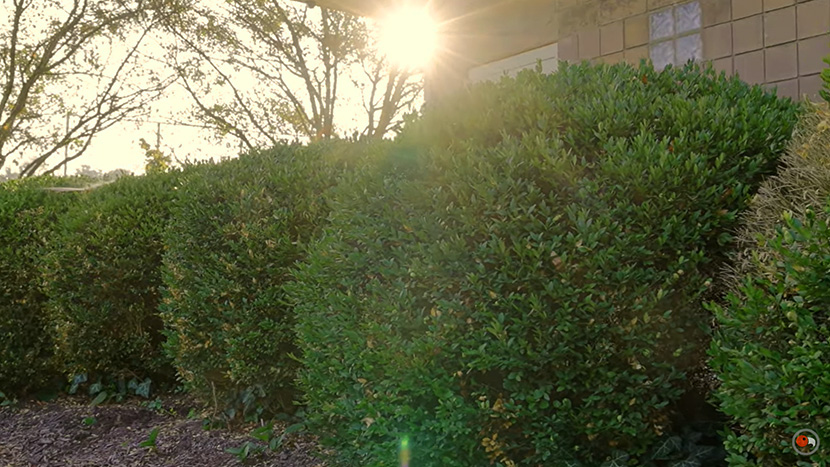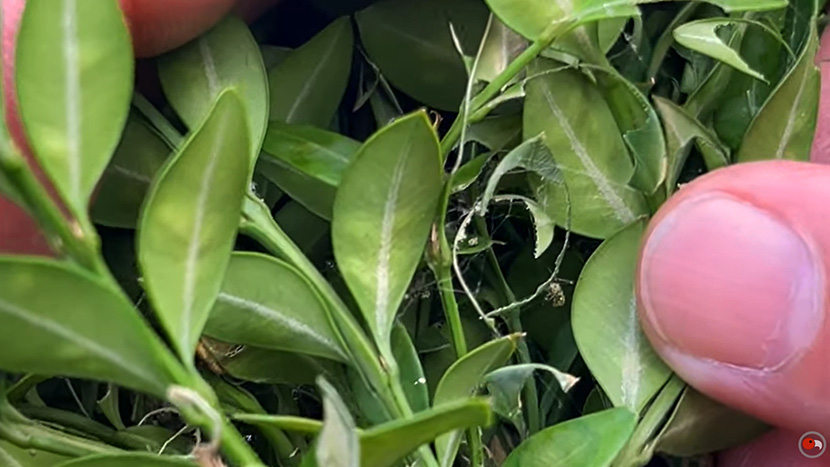Watch Out For The Box Tree Moth!
In biology you may have learned about food chains – where one organism eats another and then gets eaten by something else etc. – then in more advanced classes learned that they are more like food webs – where many organisms are interconnected in various ways. Now, if you ever continue to study ecology, you might soon realize it is almost like a cloud, where the many interactions seem to blur together. Despite these sometimes less-than-clear relationships, ecosystems tend to find a balance between plants, animals, fungi, bacteria, and everything in between. When an organism is removed from its native ecosystem and put somewhere else, this equilibrium can be thrown off balance. Sometimes this shift in the equilibrium can go very wrong.
This is essentially what happens when an invasive species is introduced to a new habitat. It arrives finding itself without any natural predators, a plentiful food source, and not much keeping it from multiplying and spreading. The box tree moth is one of these invasive species and it is wreaking havoc on people’s beloved boxwood bushes in parts of Eastern North America. Here you will find a bit about the issue and what is being done to help:
What is a box tree moth?
The box tree moth (Cydalima perspectalis) is a nocturnal moth that is native to East Asia and has become a rampant invasive species in Europe and is now spreading in the US.
The adult box tree moth is white and brown. They are mostly white with a thick brown border around its wings.
The caterpillars are bright green, hairy, with black dots, black and white stripes, and a shiny brown-black head capsule.
Moths, like butterflies, are insects that belong to the order Lepidoptera and have fiur distinct life stages: egg, larvae (caterpillar), pupae, and adult. Many have different larval stages – known as instars – and they can look quite a bit different as they feed, molt, and grow, until they pupate and reach adulthood. Caterpillars can eat a lot, but their populations are usually held in check by predators, parasitoid wasps, and more. When a moth species is introduced into a new area and the caterpillars do not have these natural checks in place they can cause significant damages to the plants that they feed on.
The box tree moth for example was introduced to Europe and North America at some point – likely during the transport of boxwoods. They have been reported in New York, Massachusetts, Michigan, Ohio, Delaware, and Pennsylvania as well as Ontario in Canada. In these areas they are starting to cause significant damage to boxwood bushes, an important ornamental plant.
Boxwood bushes and box tree moths
Many moths and butterflies have a preferential host plant, and box tree moths love boxwood. The issue here is that these caterpillar populations are booming and decimated boxwood bushes. Once they get going they can totally defoliate a tree and even move to eating the bark – which ultimately kills the plant.
Aside from other negative impacts this invasive species has on other native organisms, boxwood bushes are a really important plant for landscaping in the US. In Ohio alone their value is estimated at around 200-300 million dollars. With this in mind it is easy to see the importance of stopping the spread of this moth as well as eradicating it.
A quick note: The important thing to remember about invasive species is that they are not malicious or “bad” ; they are just in the wrong place at the wrong time, and probably because we moved them there. People who work in invasive species management know it is necessary to eradicate them outside of their native range, but respect that the organism has its place in their native ecosystems.
How do you know its box tree moth?
There are various pests or diseases that could harm your boxwood but it is fairly easy to tell if the cause is box tree moth. If you go into your plant you will be able to see where the caterpillars have been feeding. You will see leaves with curlicue damage/skeletonized leaves – where the inner part is eaten and edges and some veins remain intact. You will probably also find the caterpillars themselves in different life stages.
What should I do about box tree moths?
Once you are sure that your boxwood is being attacked by box tree moth you should report it right away by going to https://www.aphis.usda.gov/plant-pests-diseases/box-tree-moth. The page also has more information about box tree moths. Here you can get in touch with an extension expert near you so they can offer the best treatment option – which likely includes pruning and spraying your bushes with pesticides. The good news is you will not have to rip out your boxwood bush!
What else is being done
Research on how best to combat this little pest is ongoing but the main methodology is to spray trees and/or spray the soil so that the plants can protect themselves against the caterpillars. People reporting this moth is a very important element to stopping the spread.
The battle against the spread of invasive species is a large-scale one, so often governments need to get involved as well. For example there are regulations such as required quarantines on plants being moved from areas that are known to contain box wood moth.
The other good news is that there are plants with resistance to these moths. So, if we continue to monitor for box tree moths and help propagate the plants that show a natural resistance to the caterpillars, we can also slow the spread.
 Wrap up
Wrap up
The moth tree moth is an invasive moth species that is spreading through the Eastern United States and decimating boxwoods. This little caterpillar can do a lot of damage to boxwoods so it is important to report it when you see it. With this information we can control their populations and stop the spread to new areas. If you find a box tree moth, make sure to report it and talk to an expert about the best way to control the population and save your boxwoods.




































































































